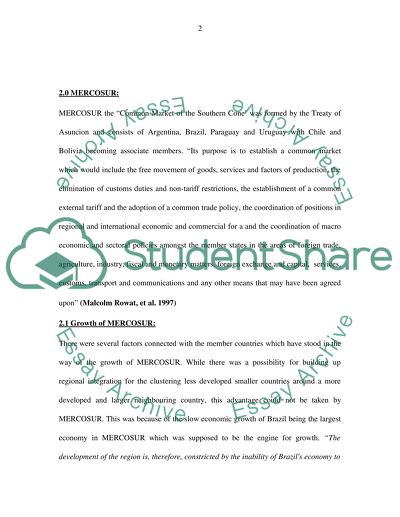Cite this document
(Trade Integration between Developed and Developing Nations Case Study, n.d.)
Trade Integration between Developed and Developing Nations Case Study. Retrieved from https://studentshare.org/macro-microeconomics/1539909-mercosur-and-ftaa
Trade Integration between Developed and Developing Nations Case Study. Retrieved from https://studentshare.org/macro-microeconomics/1539909-mercosur-and-ftaa
(Trade Integration Between Developed and Developing Nations Case Study)
Trade Integration Between Developed and Developing Nations Case Study. https://studentshare.org/macro-microeconomics/1539909-mercosur-and-ftaa.
Trade Integration Between Developed and Developing Nations Case Study. https://studentshare.org/macro-microeconomics/1539909-mercosur-and-ftaa.
“Trade Integration Between Developed and Developing Nations Case Study”, n.d. https://studentshare.org/macro-microeconomics/1539909-mercosur-and-ftaa.


